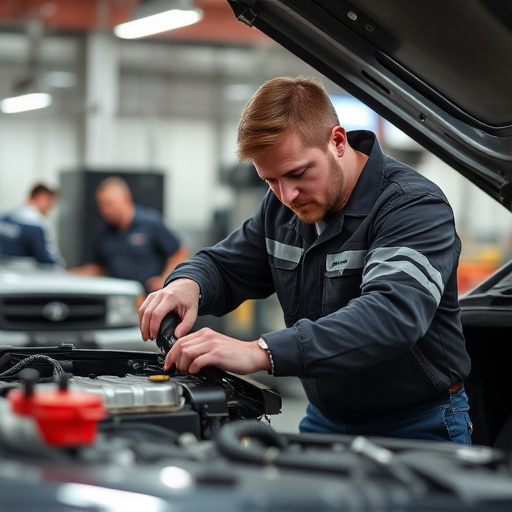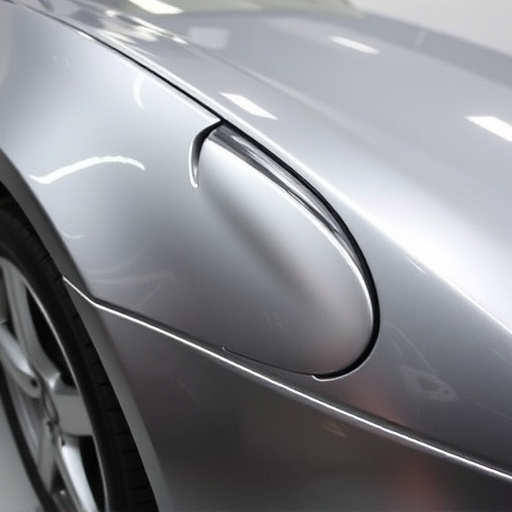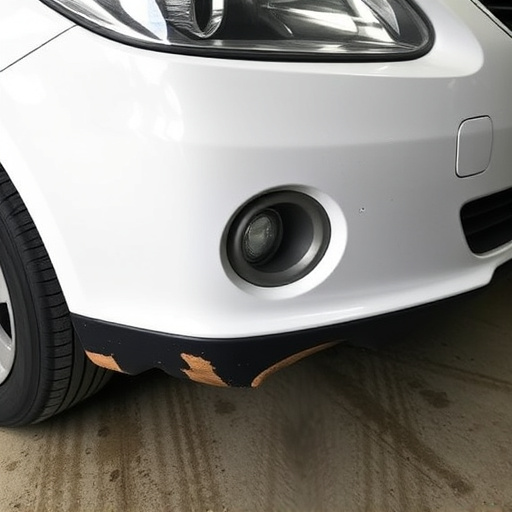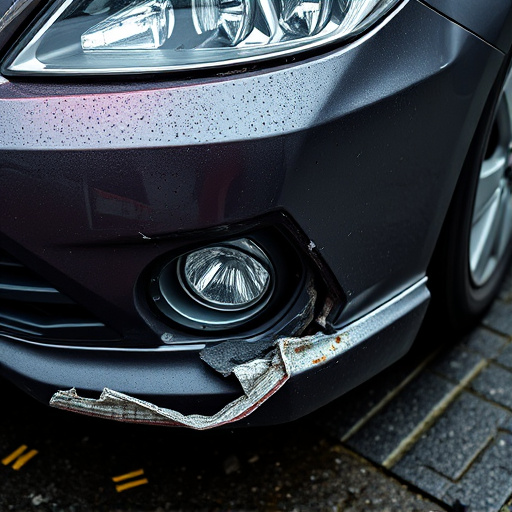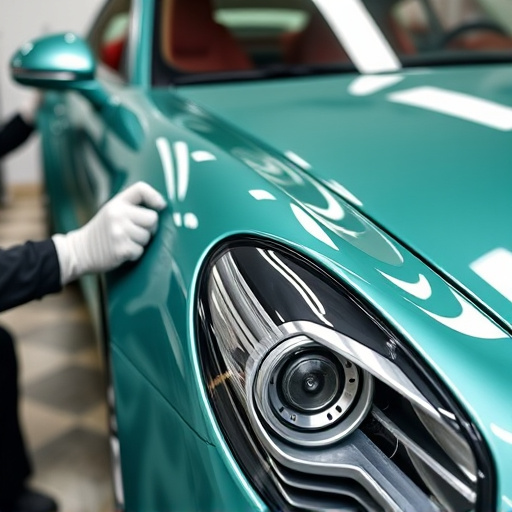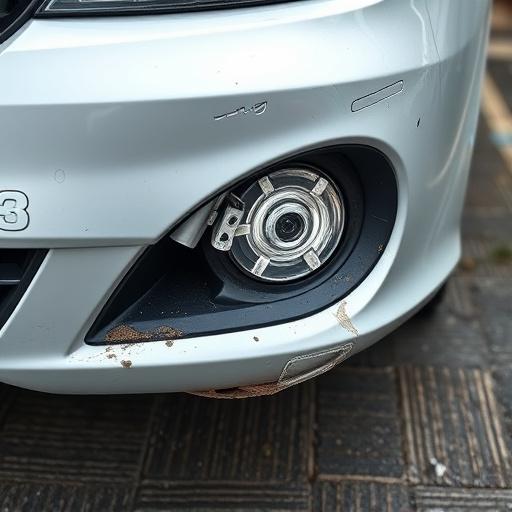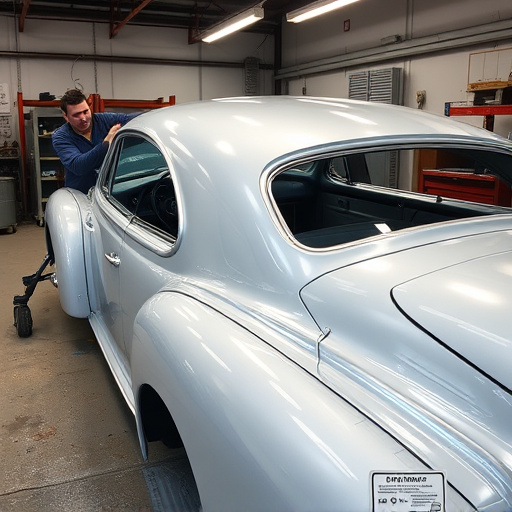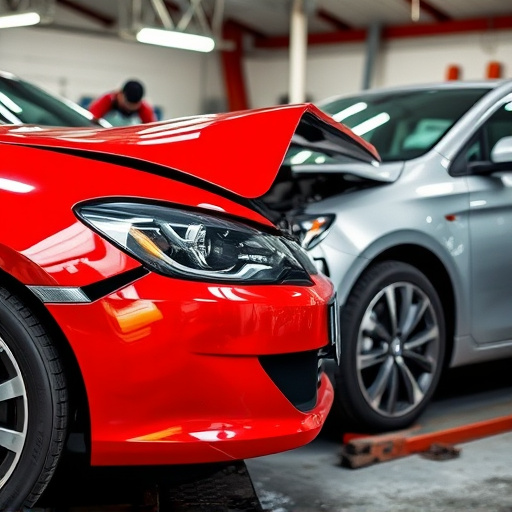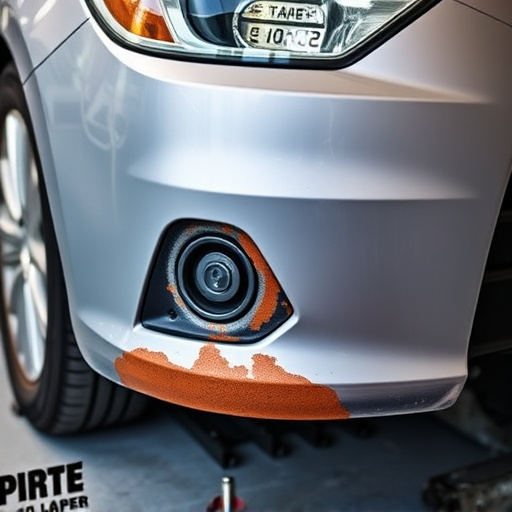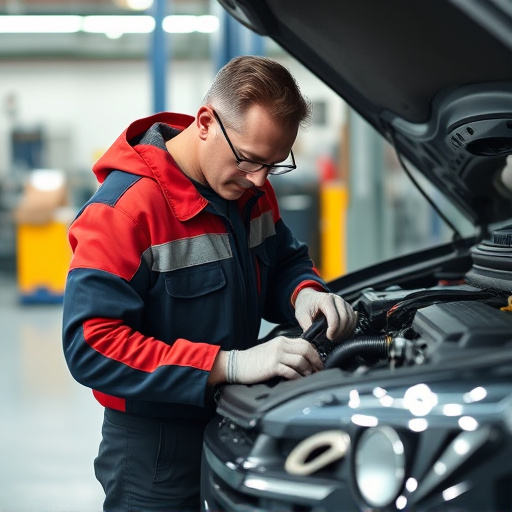Eco-friendly collision repair is revolutionizing the automotive industry with sustainable alternatives to traditional materials. Natural fillers and biodegradable composites reduce environmental impact, ensuring high performance in vehicle bodywork restoration. Growing awareness among car owners and professionals drives this shift, minimizing pollution, waste, and toxic chemicals while promoting a circular economy. Recycled crash parts and eco-friendly paint options lead the way, fostering both environmental and economic sustainability for auto repair shops.
In today’s eco-conscious world, the automotive industry is undergoing a green revolution. Eco-friendly collision repair materials are emerging as powerful tools to reduce the environmental impact of car accidents. This article explores sustainable alternatives to traditional filling and painting methods, highlighting plant-based and biodegradable paint options. We also delve into innovations in recycled crash parts, showcasing their numerous benefits for both the environment and the industry.
- Sustainable Alternatives to Traditional Filling Materials
- Plant-Based and Biodegradable Paint Options
- Innovations in Recycled Crash Parts and Their Benefits
Sustainable Alternatives to Traditional Filling Materials

In the realm of eco-friendly collision repair, sustainable alternatives to traditional filling materials are emerging as a game-changer for both auto repair services and vehicle bodywork preservation. These innovative options offer an environmentally conscious approach to car paint repair, reducing the reliance on harmful chemicals and minimizing waste. Natural fillers derived from renewable resources like plant fibers or biodegradable composites are replacing conventional synthetic compounds, significantly lowering the ecological footprint of automotive repairs.
The shift towards eco-friendly collision repair materials is not just a trend but a necessary step towards sustainability. These new fillings not only ensure superior performance in vehicle bodywork restoration but also contribute to cleaner air and water, as they are designed to break down naturally over time without leaving behind toxic residues. This movement reflects a growing awareness among car owners and auto repair professionals alike about the importance of preserving our planet while keeping our vehicles in top condition.
Plant-Based and Biodegradable Paint Options

The auto body repair industry is undergoing a significant transformation with the advent of eco-friendly collision repair materials. One notable advancement is the emergence of plant-based and biodegradable paint options, which offer a sustainable alternative to traditional paints. These innovative formulations are derived from renewable resources such as plants and microorganisms, significantly reducing their environmental footprint compared to petroleum-based paints. Not only do they decrease pollution during production and application, but they also break down more easily after disposal, minimizing the strain on landfills and water bodies.
Collision repair shops that adopt these plant-based paints contribute to a greener future by cutting down on the use of toxic chemicals often found in conventional paints. Moreover, these eco-friendly options can be just as durable and high-quality as their conventional counterparts, ensuring that vehicles not only look good but also withstand the test of time. As the demand for sustainable practices continues to grow, the availability of such advanced materials is poised to revolutionize the collision repair industry, making it more environmentally responsible without compromising performance.
Innovations in Recycled Crash Parts and Their Benefits
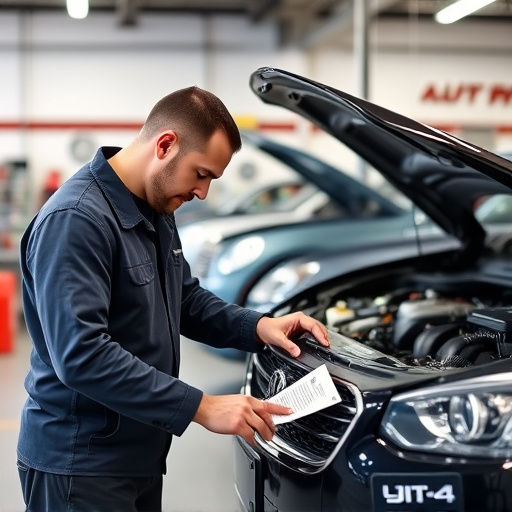
The automotive industry is witnessing a significant shift towards eco-friendly collision repair solutions, thanks to innovations in recycled crash parts. These advancements offer a sustainable alternative to traditional manufacturing methods, which often rely on non-renewable resources and contribute to environmental degradation. One of the key benefits is the reduction in waste generated during vehicle collision repair. By utilizing recycled materials, car repair shops can minimize their ecological footprint while still providing high-quality replacement parts.
Tire services, for instance, have embraced this trend by developing eco-friendly alternatives using recycled rubber. These tires not only offer superior performance but also contribute to a circular economy where waste is minimized and resources are reused. Such innovations in vehicle collision repair not only benefit the environment but also drive economic sustainability, making car repair shops more environmentally conscious and socially responsible.
The shift towards eco-friendly collision repair materials is not just a trend, but a necessary evolution to reduce our environmental footprint. By embracing sustainable alternatives like plant-based paints, biodegradable filling agents, and recycled crash parts, the automotive industry can minimize waste, conserve resources, and mitigate climate change impacts. As consumers and professionals alike, we have the power to drive this change by demanding eco-conscious options at every turn. Through innovation and collective action, eco-friendly collision repair is not just a possibility—it’s our responsibility for a greener future.
